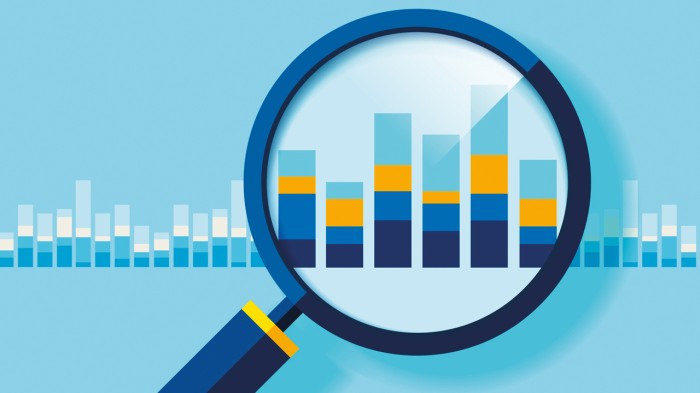In Practice
We know you want to continue to build on your practice, why not hear from others in the sector striving to do the same.Bookmark
Despite a hesitant start, the GP CPCS is now moving at pace. According to David Webb, England’s chief pharmaceutical officer, as of May this year pharmacies had completed 213,043 minor illness referrals from GPs under the service since it was launched. A further 1,266,003 referrals were made by NHS 111 to community pharmacy for minor illnesses and urgent medicines supply.
The GP CPCS is not only achieving its objective of relieving the burden on general practice by directing patients with low acuity conditions for care within pharmacy, it is also providing the ability to monitor the quality and uptake of the service thanks to the technology managing the referral process.
This “unexpected insight”, as Greater Manchester Health and Social Care Partnership has referred to it, is helping both GP practices and pharmacists gain a greater understanding of the healthcare needs in their communities. More than that, it is also helping them shape the service by identifying where improvements can be made, where additional training is needed and where new services would be beneficial.
Ultimately, it is enabling general practice and pharmacy to work more collaboratively and deliver better patient outcomes.
Local trends
There are seasonal pressures that primary care and pharmacy expect and plan for on a national level but having data that shows localised healthcare trends is also vitally important to enable effective planning. One of the many ways that is being achieved is through the insights gained via the GP CPCS.
Since April 2021, almost 14,000 appointments have been referred using the GP CPCS across the Greater Manchester Health and Social Care Partnership – a figure that is growing as it supports practices to increase referral activity.
“We have never had this insight before,” says Alison Scowcroft of the GP CPCS working group, referring to the new data. “The information is helping us to paint a clear picture of where GP CPCS is working well and where improvements need to be made. It is helping to strengthen the collaboration between GP practices and community pharmacies.”
Through the data analytics, the group has been able to track a number of localised trends – one of which has been identifying a high level of patients contacting their GP practice with minor skin conditions. Another is that around 20 per cent of all referrals to date through the service have been for children under 10 years of age.

“The information is helping us to paint a clear picture of where GP CPCS is working well and where improvements need to be made”
Success in Somerset
From pharmacists’ perspective, knowledge of the specific pressure points will enable them to understand which are the most beneficial patient group directions (PGDs) to meet demand and, for the NHS, to help pinpoint where new services need to be commissioned.
Since June 2021 GPs in Somerset have been referring around 1,000 patients a month through the GP CPCS. Supported by integrated technology that provides seamless referrals, NHS Somerset aims to grow this referral rate significantly, with the aim of increasing this to between 4,000-6,000 patients a month.
“We have been able to track key metrics,” says Ed Garvey, who has been leading the implementation at NHS Somerset. “Over the last year, 8 per cent of patients referred via the GP CPCS were treated with a PGD, and an average of 75 per cent of all referrals were given advice and/or medication during their community pharmacy consultation. A further 8 per cent had their case escalated following the consultation.”
By examining the data, “we can identify areas where we can improve”, says Alison Scowcroft, “such as providing additional training to non-clinical staff to support them in better signposting patients who are suitable for the GP CPCS”.
Learning for the future
The issue of the administrative and training time needed to implement GP CPCS has been widely discussed as one of the barriers preventing some GP practices from signing up earlier. While there may be short-term pain for both GP practices and community pharmacists, there are longer term gains to be had in terms of educating patients about where they can access care from.
Ed Garvey from NHS Somerset says the programme had delivered signs of behaviour change among patients who are now more open to accessing care through community pharmacies for minor conditions. “Key to our success was not just the support we delivered to GPs and community pharmacists but also the county-wide campaign we ran to promote the service to patients,” he says.
“We were able to develop a targeted campaign based on insight from the software to understand which patients were using the service for which conditions, and whether there were areas with low take-up rates.”
The introduction of the GP CPCS was long overdue, but perhaps never more crucial following the pandemic and as we approach what is likely to be another difficult winter for the NHS.
Sponsored
 Sponsored education
Sponsored education
Helping vapers find a path to quit
Help vapers find a path to a nicotine-free life when they are ready to quit with the first NRT product licensed for this indication
 Sponsored education
Sponsored education
Challenge your thinking on warts and verrucas
Discover different treatment options for warts and verruas and when to recommend them to your customers, based on their individual needs


Record my learning outcomes